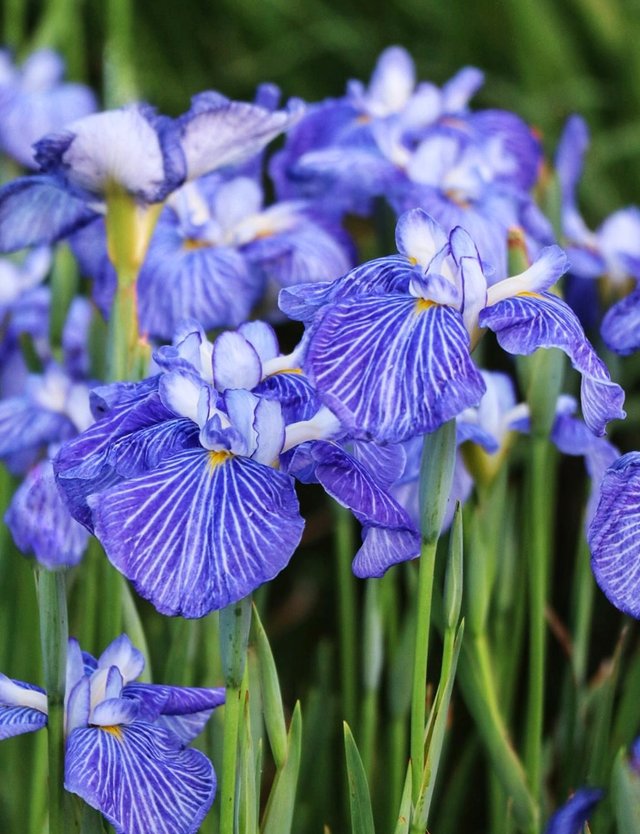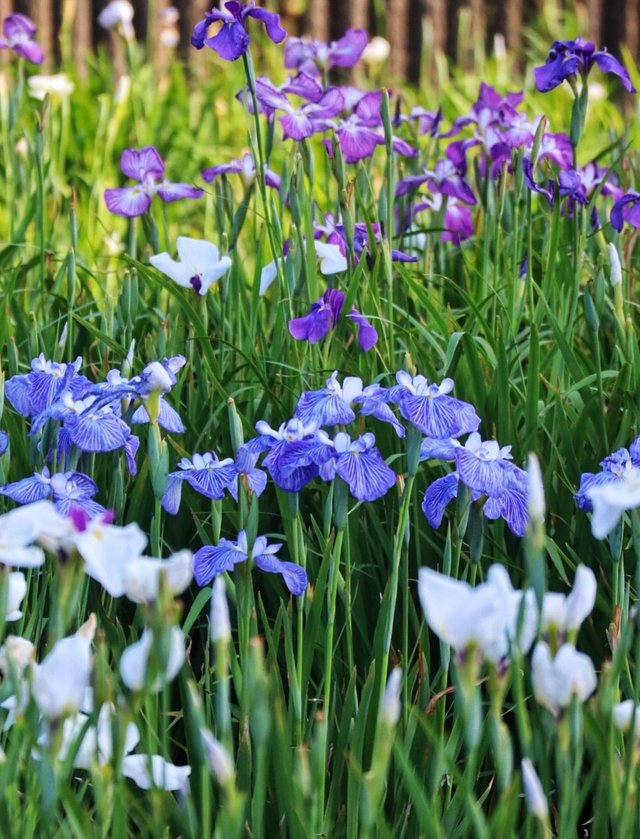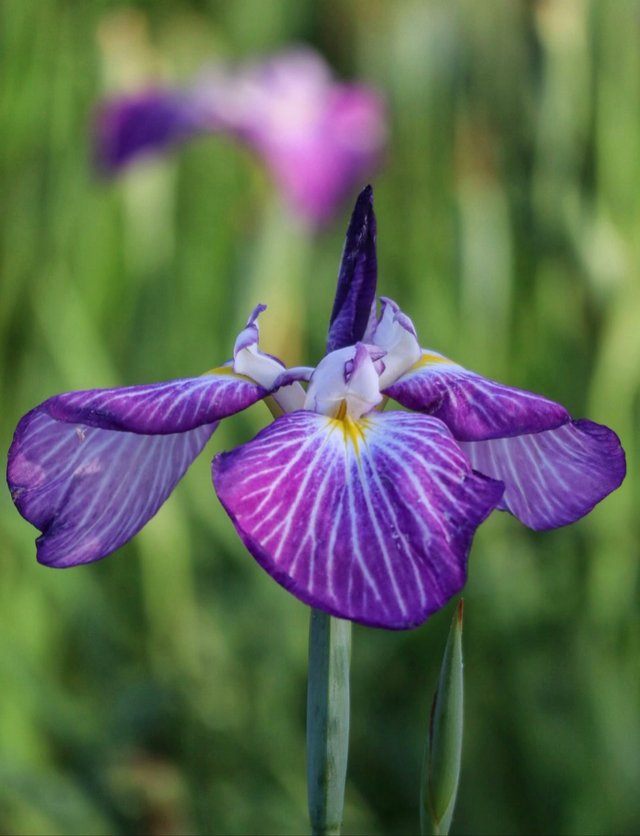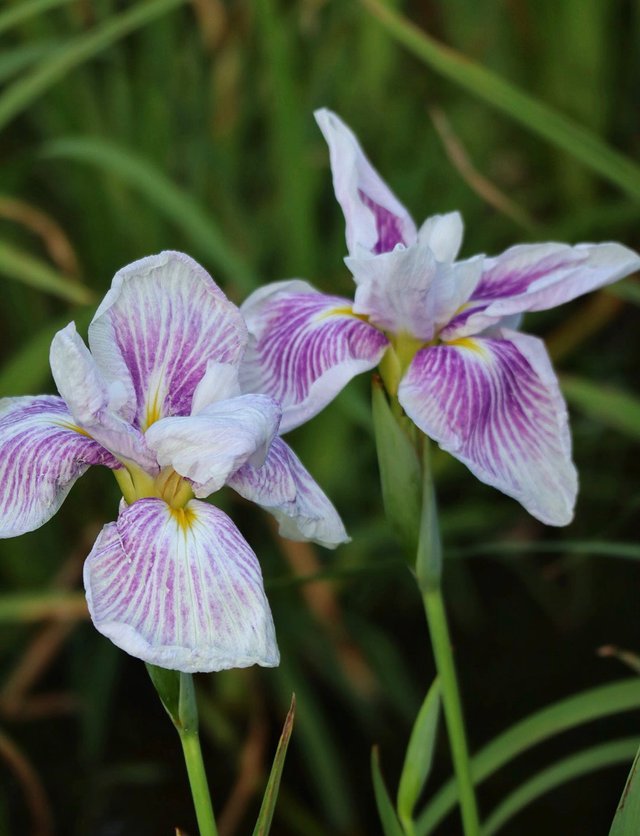Beauty of Iris ensata
Among the many stunning flowers that grace the gardens of the world, Iris ensata, commonly known as the Japanese Iris or Japanese Water Iris, stands out as a symbol of elegance, serenity, and cultural heritage. This magnificent perennial is revered not only for its large, dramatic blooms but also for its deep roots in Japanese art, poetry, and horticulture. Let’s take a journey into the world of Iris ensata — its history, characteristics, symbolism, and how to grow it.
Iris ensata is a moisture-loving iris species that thrives in marshy, bog-like conditions. It is especially well-suited to the edges of ponds or water gardens, where its roots can stay moist and cool.The flowers of Iris ensata are perhaps its most captivating feature. They bloom in early to mid-summer and come in a wide array of colors, including deep purples, blues, pinks, lavenders, and whites. Many varieties feature intricate veining or patterns and ruffled petals, adding to their exotic appeal.
Iris ensata is deeply embedded in the cultural and spiritual landscape. Known as Hanashōbu, it has been cultivated for centuries and holds a place of honor in gardens, literature, and seasonal festivals.Iris flowers are often associated with purity, nobility, and protection. Their sword-like leaves are believed to ward off evil spirits.Celebrated in early June, particularly at famous iris gardens such as the Meiji Shrine Garden in Tokyo or Suigo Sawara Aquatic Botanical Garden in Chiba. These festivals attract thousands of visitors who come to admire the colorful sea of blossoms.Iris ensata frequently appears in ukiyo-e woodblock prints and classical haiku, reflecting themes of seasonal change and introspection.



